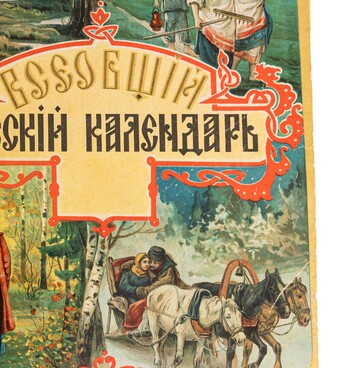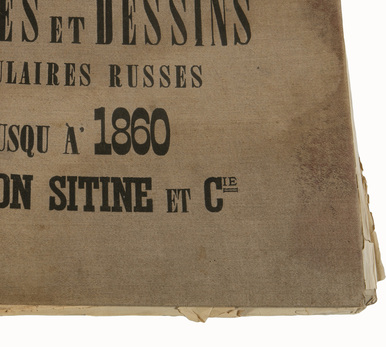Ivan Dmitrievich Sytin’s interest in calendars never diminished. On the contrary, judging by the annual circulation, this type of printed materials was steadily gaining popularity. The content and the range of topics varied depending on the readers’ requests. The “Generally Useful Calendar” was designed for an ordinary, unsophisticated reader. “In terms of completeness and accuracy of information, the ‘Generally Useful Calendar’ is not inferior to the most expensive publications of this kind. The editorial staff paid special attention to the artistic side of the calendar: the text contains a lot of portraits and drawings illustrating recent events, ” the editorial said.
Although it took a year to prepare the calendar for publication, it could still report even on the latest events in the life of the country. For instance, the “October Manifesto” (a document issued by the emperor Nicholas II that in effect marked the end of unlimited autocracy in Russia) was signed in 1904 and included in the calendar for the following year, 1905. Every two or three years, the editorial board updated statistical information in accordance with “the latest official data”, renewed the list of anniversaries and memorable dates, and tried to provide timely information about events in the country and the world.
Preserving the successful
structure of the calendar and the presentation of the material that became
habitual, Ivan Dmitrievich Sytin was not afraid to follow fashion. So, along
with articles dedicated to the celebration of the 300th anniversary
of the House of Romanov, in the “Generally Useful Calendar” for 1913, several
pages are devoted to astrological forecasts, palmistry and other newfangled
topics. “In the calendar for 1917, the editorial board made a complete revision
of almost all sections, introduced a number of new sections and updated all
statistical data. Special attention is paid to the illustration of the
calendar, while the content of the drawings and articles is dedicated to the
events of the Great War and the upcoming triumph of a renewed and sobered
Russia, as well as to outstanding historical events whose anniversaries will be
celebrated in 1917.” Among other things, the calendars had black-and-white
illustrations and inserts with maps: “Map of European Russia with Provincial
Borders and Railways” and “Siberian Railway”.


